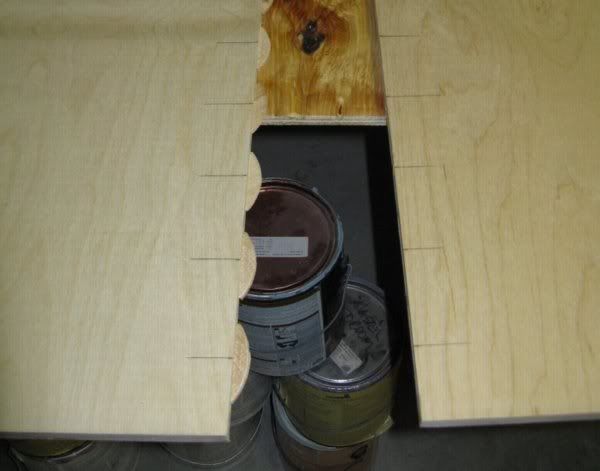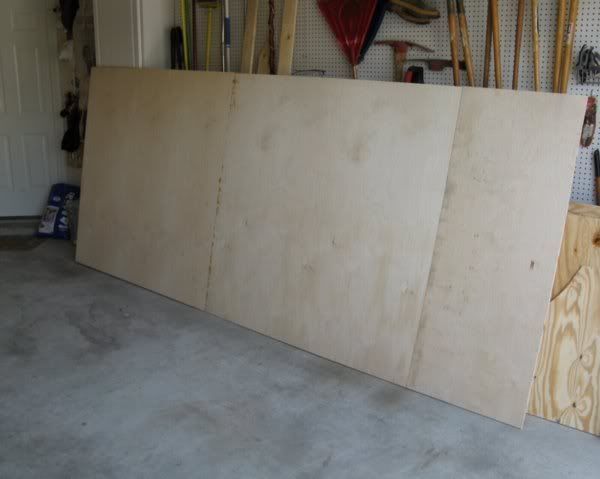Taller Wall ....
OK, I'm going to throw this out here and see what ideas are out there.
I've read about stretching plywood and searched for 5X10 plywood. I'm looking at @ 5x9 foor area.
I'm thinking of 54-58" inch walls. The walls will be attached to the side of the trailer. If, I stay with 1" walls; I'd have 60" outside to outside. Sandwich walls or solid wall ideas are welcome.
What method and or ideas do some of you have for suppliers or splicing methods?
I'll throw out the 2 I've come up with for the height...
1) Frame the walls, skin and use trim to cover the joints.
2) Use 3/4"x4x8 ply, spline on a 6-10" piece.
Those work for the height. Still need to work out a 9 or 10 foot length too...
I'm open for thoughts and ideas on length and height options.
ps: may be a few days before I get back online...delivering LARGE tonka toys keeps me in the sticks. Thanx in advance .....
I've read about stretching plywood and searched for 5X10 plywood. I'm looking at @ 5x9 foor area.
I'm thinking of 54-58" inch walls. The walls will be attached to the side of the trailer. If, I stay with 1" walls; I'd have 60" outside to outside. Sandwich walls or solid wall ideas are welcome.
What method and or ideas do some of you have for suppliers or splicing methods?
I'll throw out the 2 I've come up with for the height...
1) Frame the walls, skin and use trim to cover the joints.
2) Use 3/4"x4x8 ply, spline on a 6-10" piece.
Those work for the height. Still need to work out a 9 or 10 foot length too...
I'm open for thoughts and ideas on length and height options.
ps: may be a few days before I get back online...delivering LARGE tonka toys keeps me in the sticks. Thanx in advance .....











 Tear walls aren't going to see much bending though, and if you were to scarf them, then bond them to foam and then glass over the outside... I'm guessing that would do as well. I was thinking to do a good scarf joint you'd have to make a router jig, but it wouldn't be that hard. In composited we use a 20/1 scarf -- I'm guessing that would work in plywood as well. Do you remember what the scraf ratio was in the test you read about? I'm guessing it's perhaps less than 20/1.
Tear walls aren't going to see much bending though, and if you were to scarf them, then bond them to foam and then glass over the outside... I'm guessing that would do as well. I was thinking to do a good scarf joint you'd have to make a router jig, but it wouldn't be that hard. In composited we use a 20/1 scarf -- I'm guessing that would work in plywood as well. Do you remember what the scraf ratio was in the test you read about? I'm guessing it's perhaps less than 20/1.